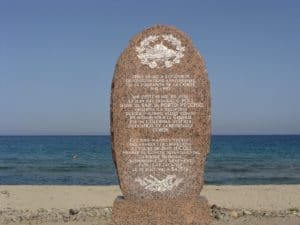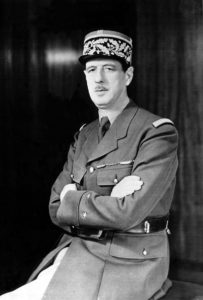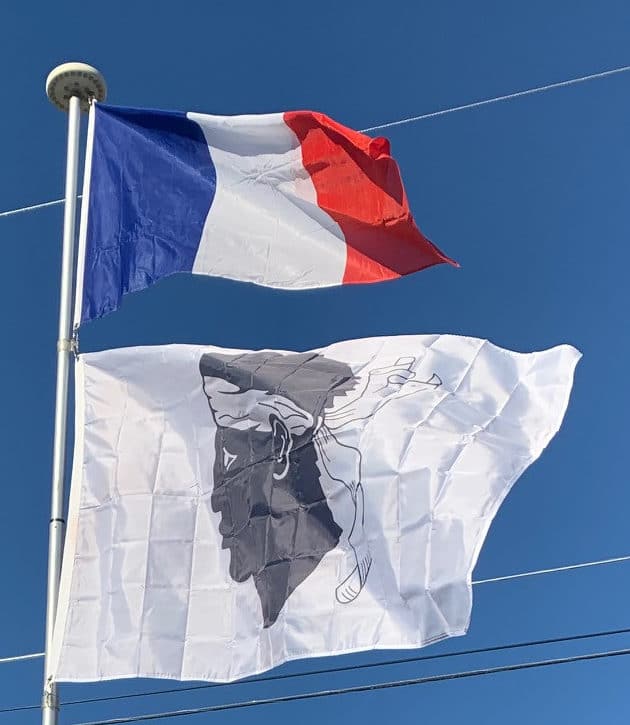From the 19th century into the mid-20th century, Corsicans also grew closer to the French nation through participation in the French Empire. Compared to much of Metropolitan France, Corsica was poor and many Corsicans emigrated. While Corsicans emigrated globally, especially to many South American countries, many chose to move within the French Empire which acted as a conduit for emigration and eventual return, as many young Corsican men could find better job opportunities in the far corners of the Empire where many other French hesitated to go. In many parts of the Empire, Corsicans were strongly represented, such as in Saigon where in 1926 12% of European were from Corsica. Across the French Empire, many Corsicans retained a sense of community by establishing organizations where they would meet regularly, keep one another informed of developments in Corsica, and come to one anothers’ aid in times of need.
Modern Corsica:
Corsica paid a high price for the French victory in the First World War: agriculture was disrupted by the years-long absence of almost all of the young workers, and the percentage of dead or wounded Corsicans in the conflict was double that of those from metropolitan France. Moreover, the protectionist policies of the French government, started in the 1880s and never stopped, had ruined the Corsican export of wine and olive oil, and forced many young Corsicans to emigrate to mainland France or to the Americas. As reaction to these conditions, a nationalist movement was born in the 1920s around the newspaper A Muvra, having as its objective the autonomy of the island from France. In the 1930s, many exponents of this movement became irredentist, seeing annexation of the island to fascist Italy as the only solution to its problems. Under Benito Mussolini annexation of Corsica had become one of the main goals of Italy’s unification policy.

After the collapse of France to the German Wehrmacht in 1940, Corsica came under the rule of the Vichy French regime, which was collaborating with Nazi Germany. In November 1942 the island, following the Anglo-American landings in North Africa was occupied by Italian and German forces. After the Italian armistice in September 1943, Italian and Free French Forces pushed the Germans out of the island, making Corsica the first French Department to be freed. Subsequently, the US military established 17 airfields, nicknamed “USS Corsica”, which served as bases for attacks on targets in German-occupied Italy.
During the May 1958 crisis, the French military command in Algeria mutinied against the French Fourth Republic and on 24 May occupied the island in an action called Opération Corse that led to the collapse of the government; the second phase of the coup attempt, occupying Paris, was cancelled following the establishment of a transitional government under Charles de Gaulle.

Between the late fifties and the seventies, proposals to conduct underground nuclear tests in the mines of Argentella, the immigration of 18,000 former settlers from Algeria (“Pieds-Noirs“) in the eastern plains, and continuing chemical pollution (Fanghi Rossi) from mainland Italy increased tensions between the indigenous inhabitants and the French government. Tensions escalated until an armed police assault on a pieds-noirs-owned wine cellar in Aleria, occupied by Corsican nationalists on 23 August 1975. This marked the beginning of the armed nationalist struggle against the French government. Ever since, Corsican nationalism has been a feature of the island’s politics, with calls for greater autonomy and protection for Corsican culture and the Corsican language. Periodic flare-ups of raids and killings culminated in the assassination of Prefect Claude Érignac in 1998.
